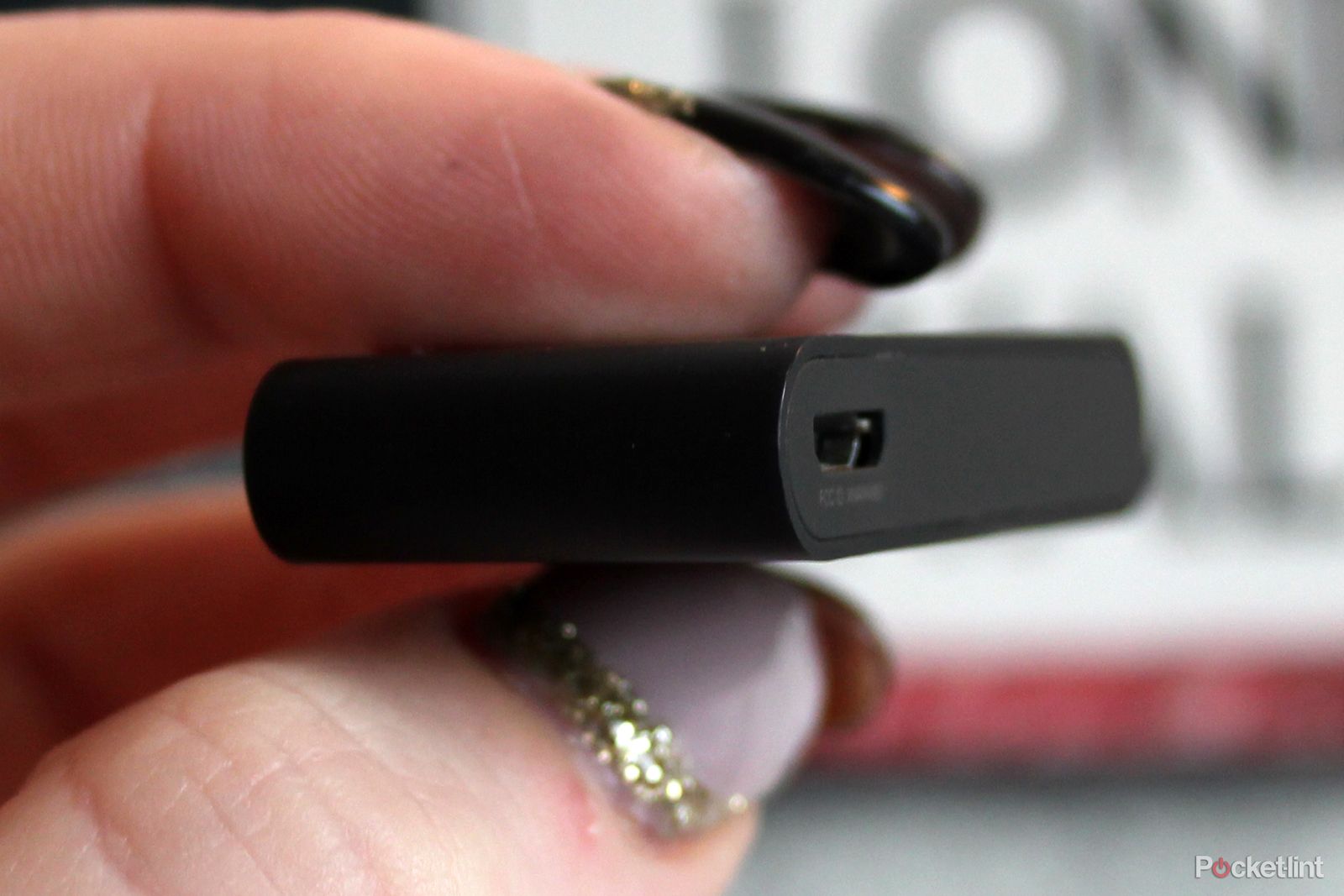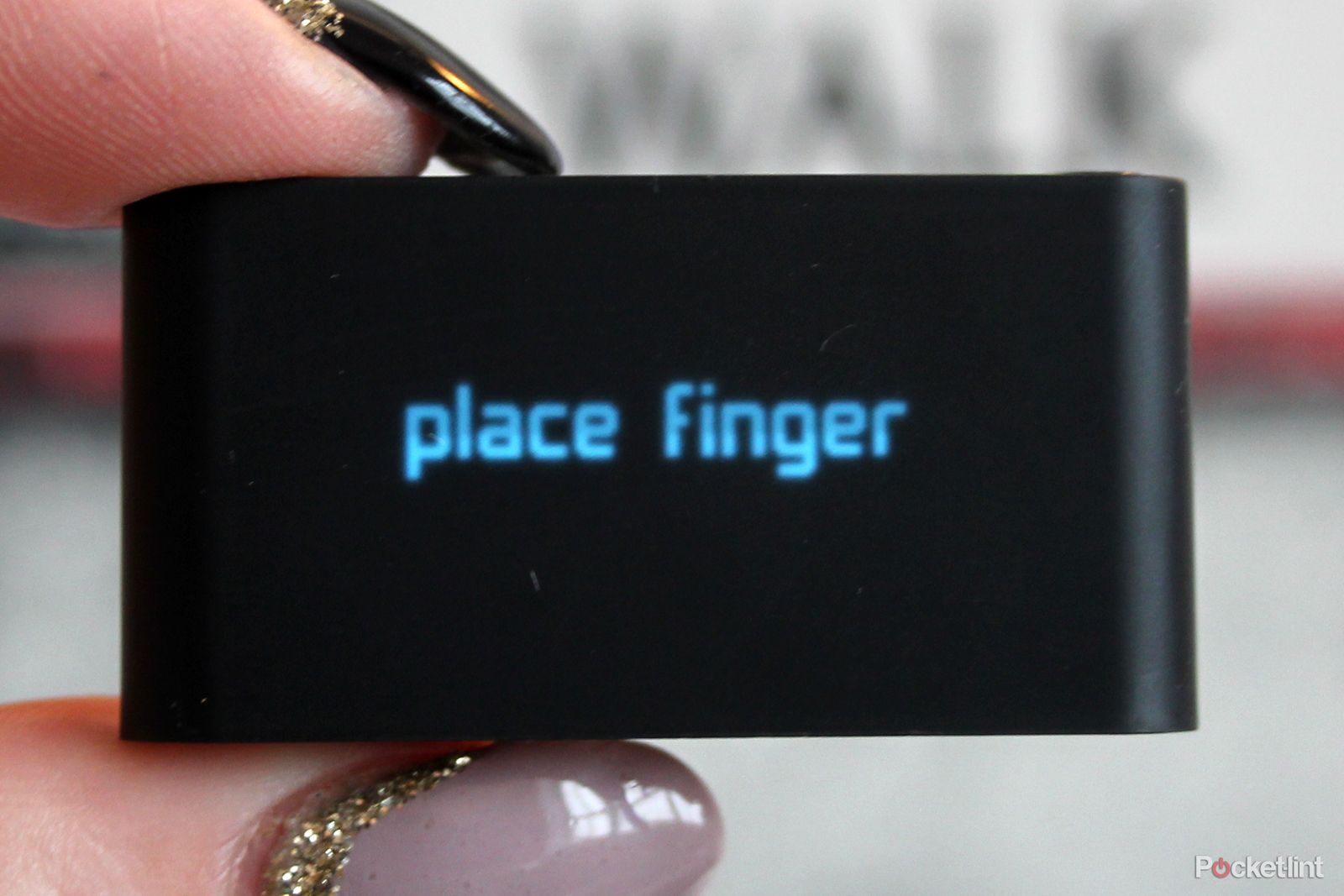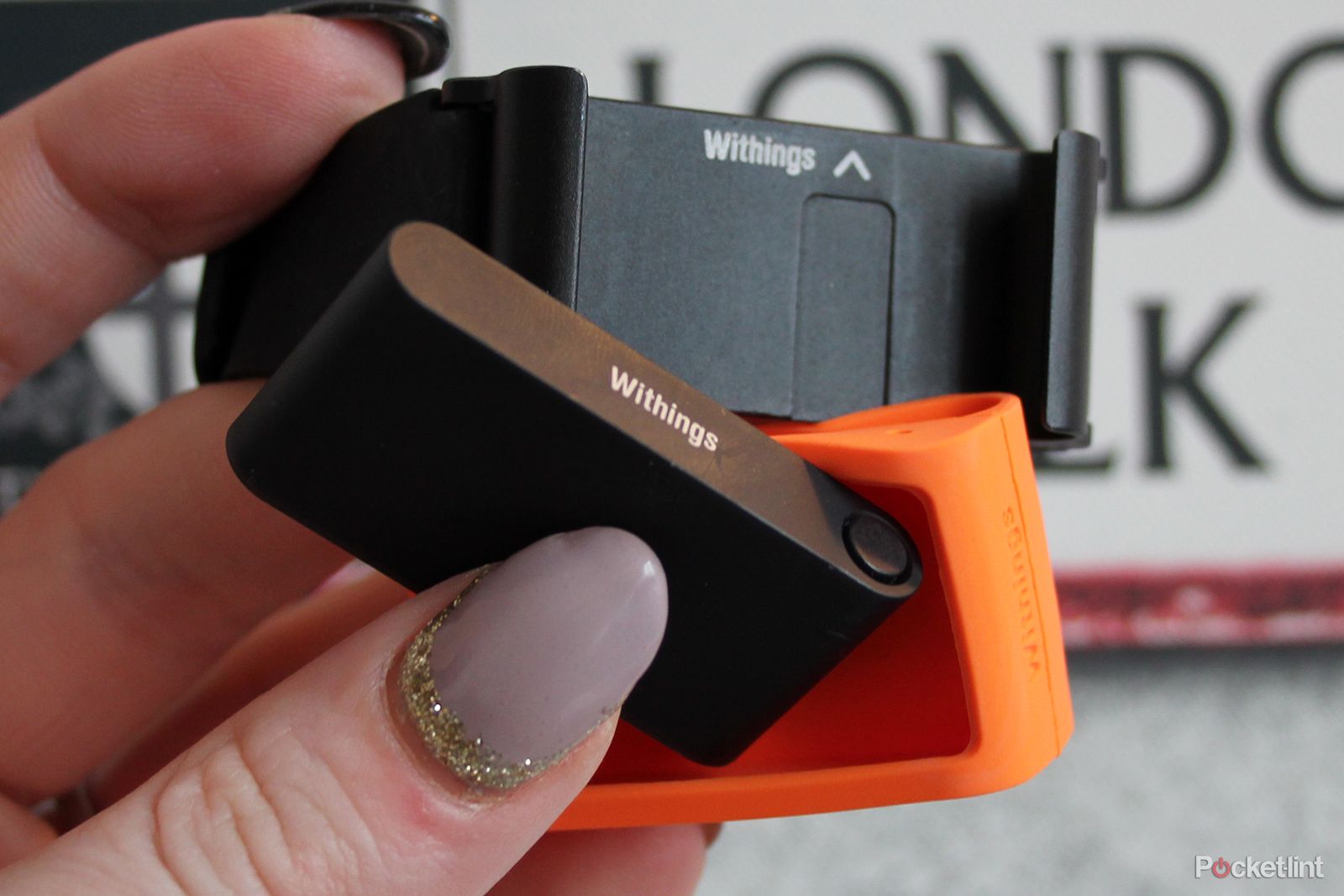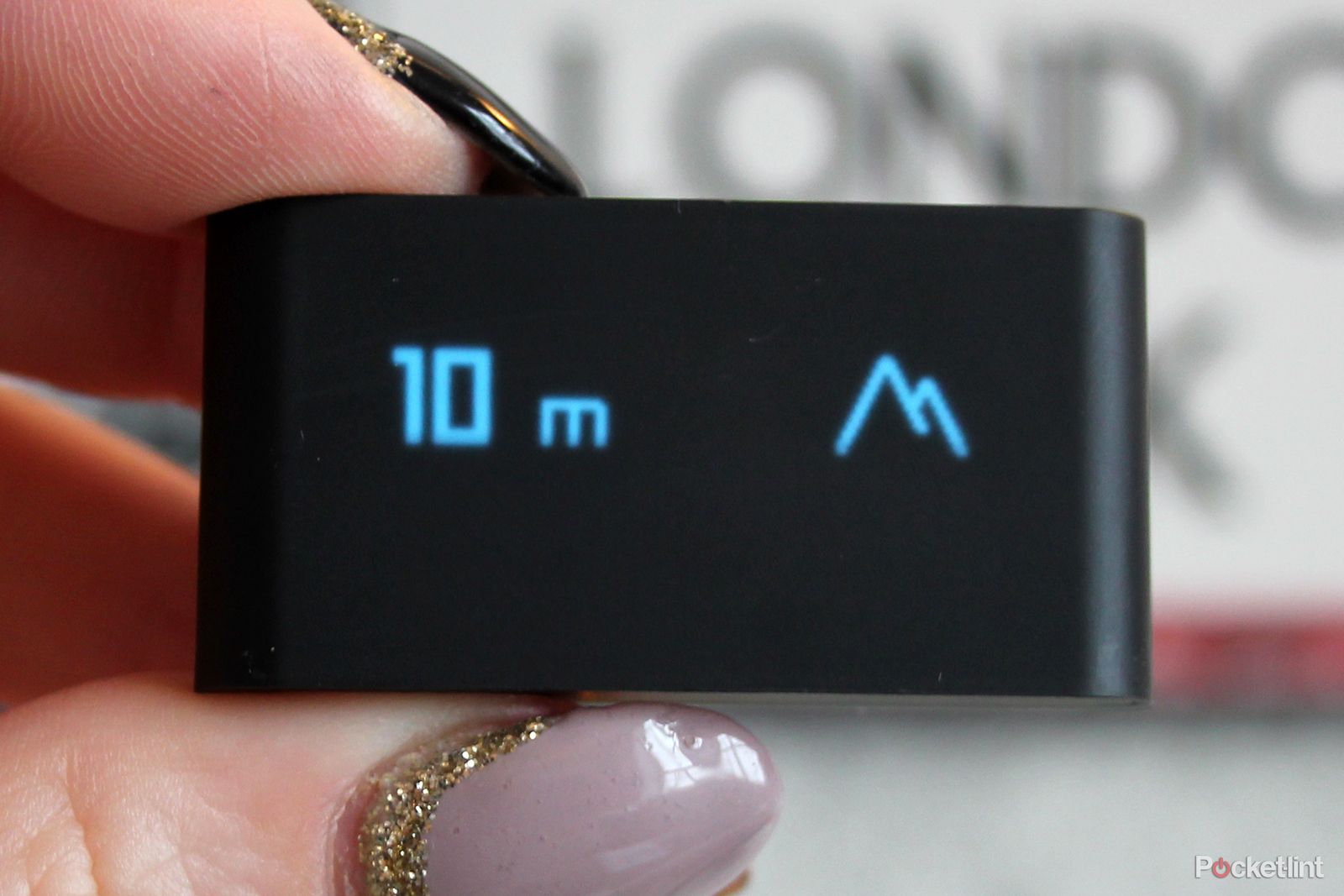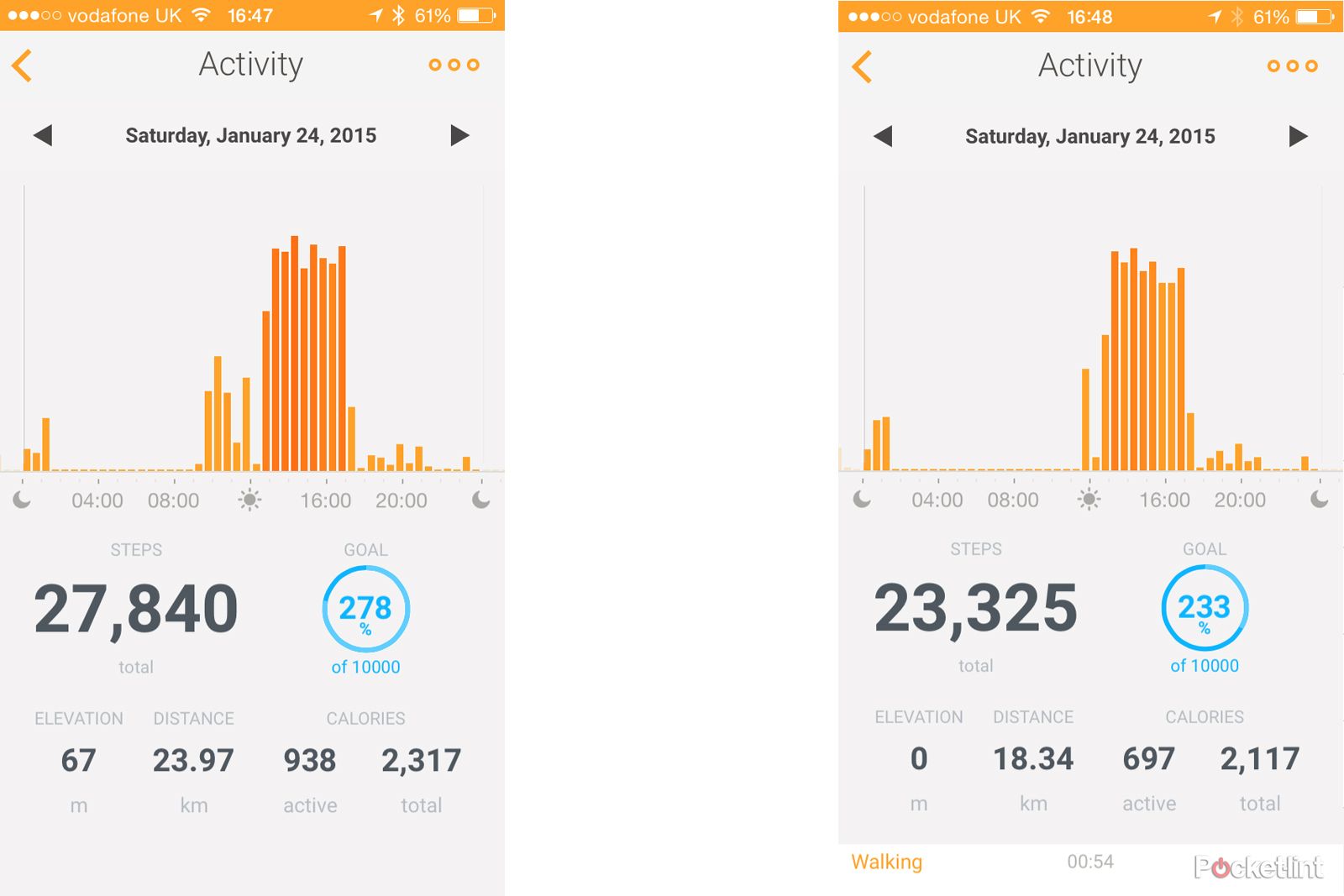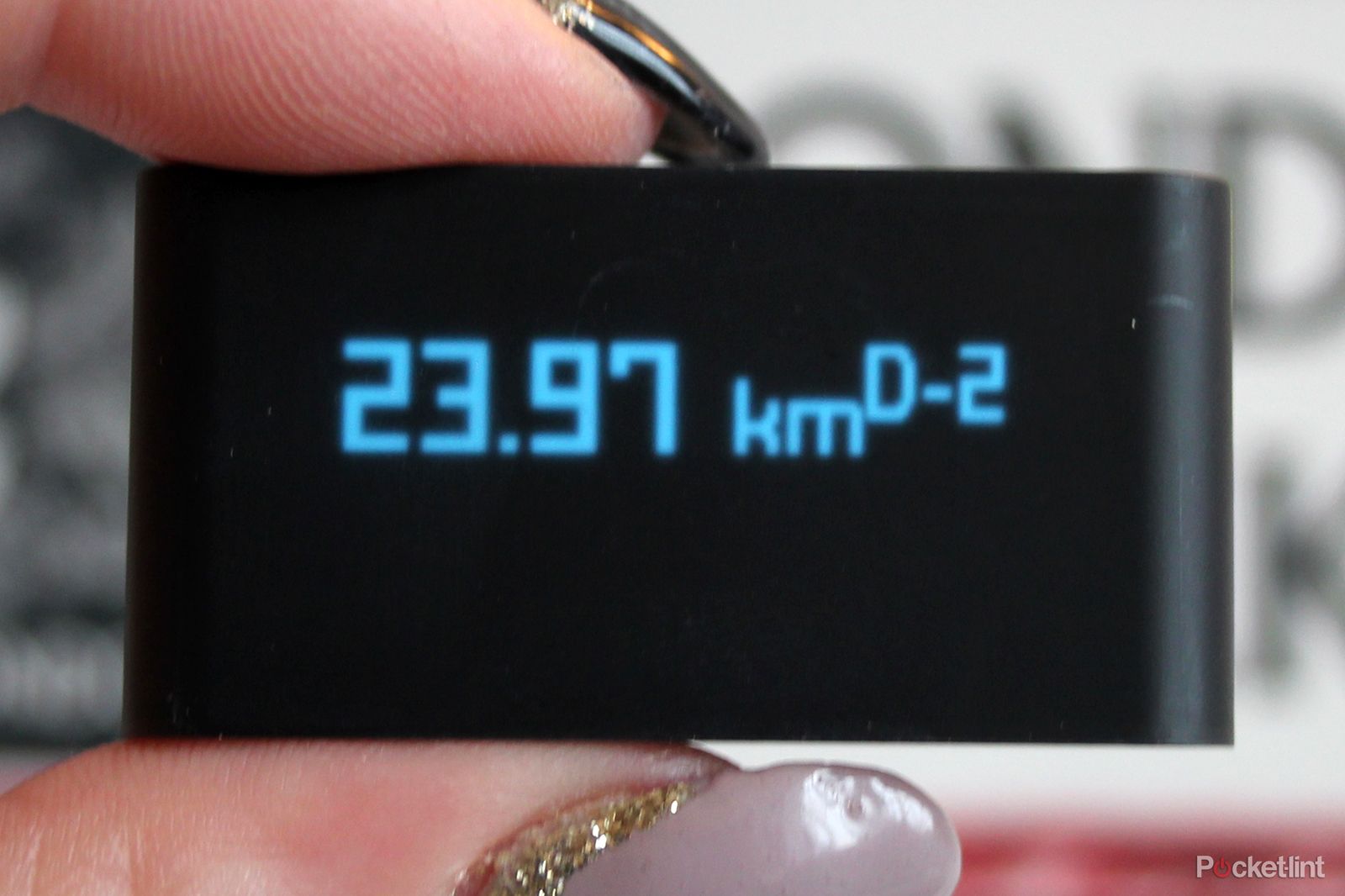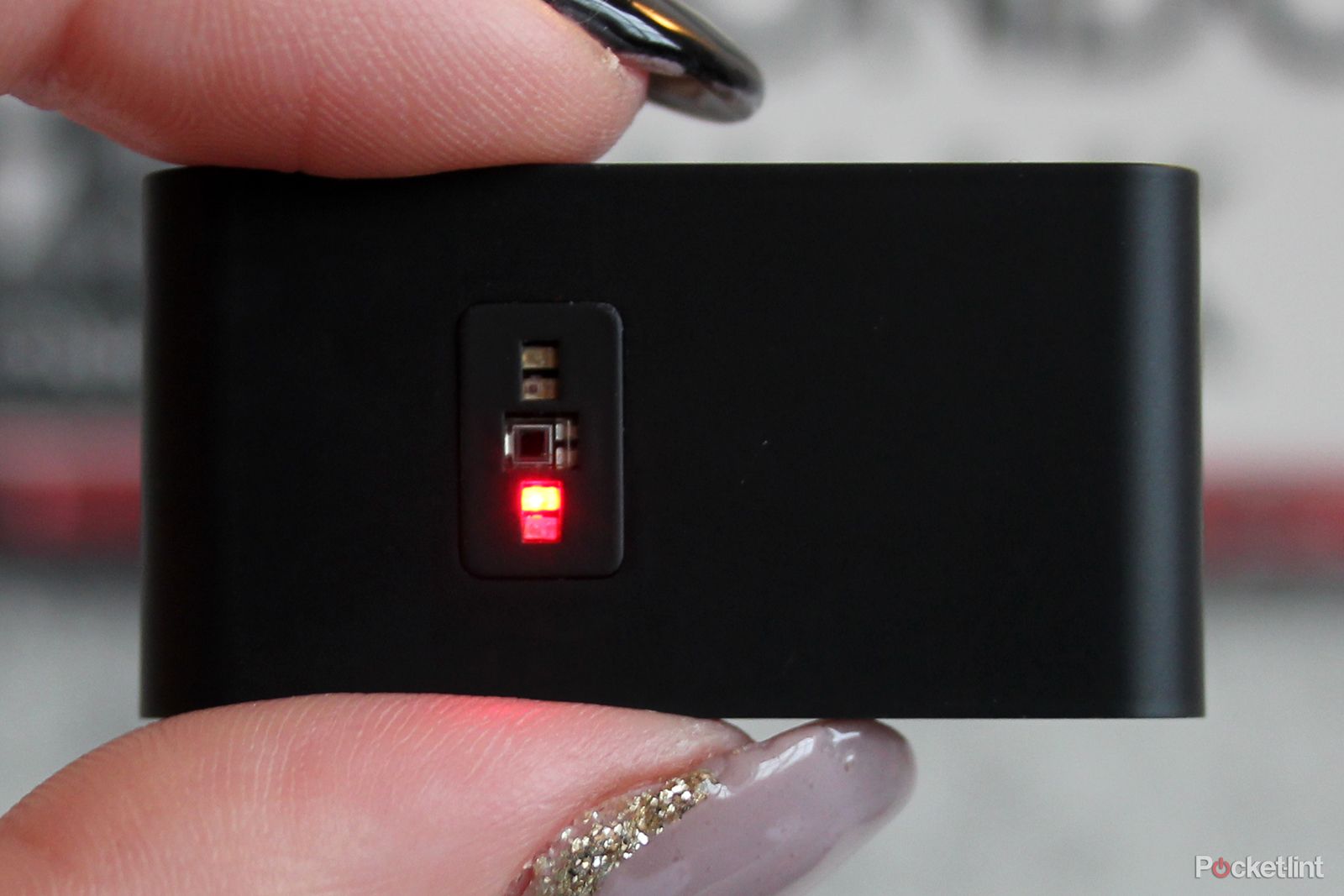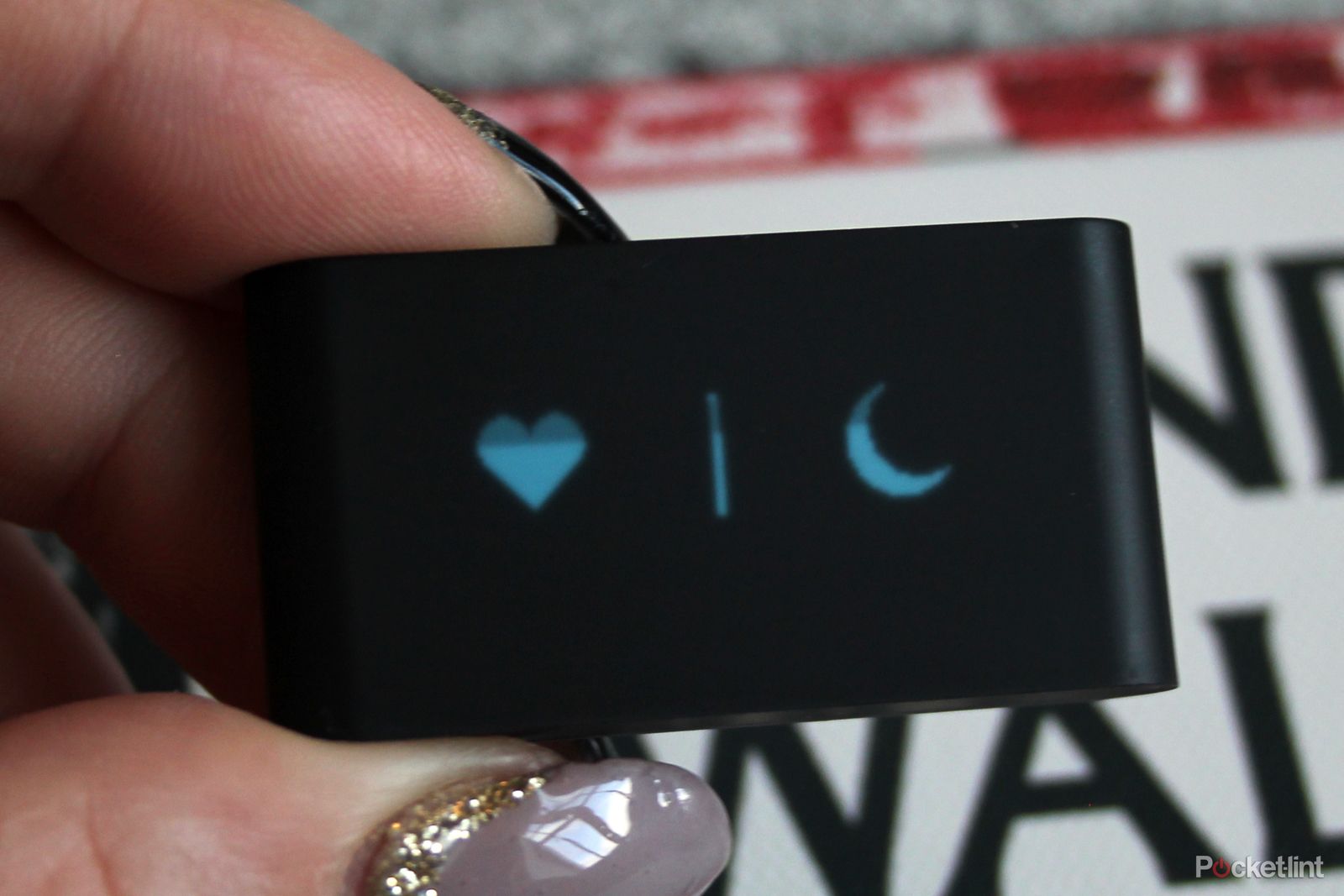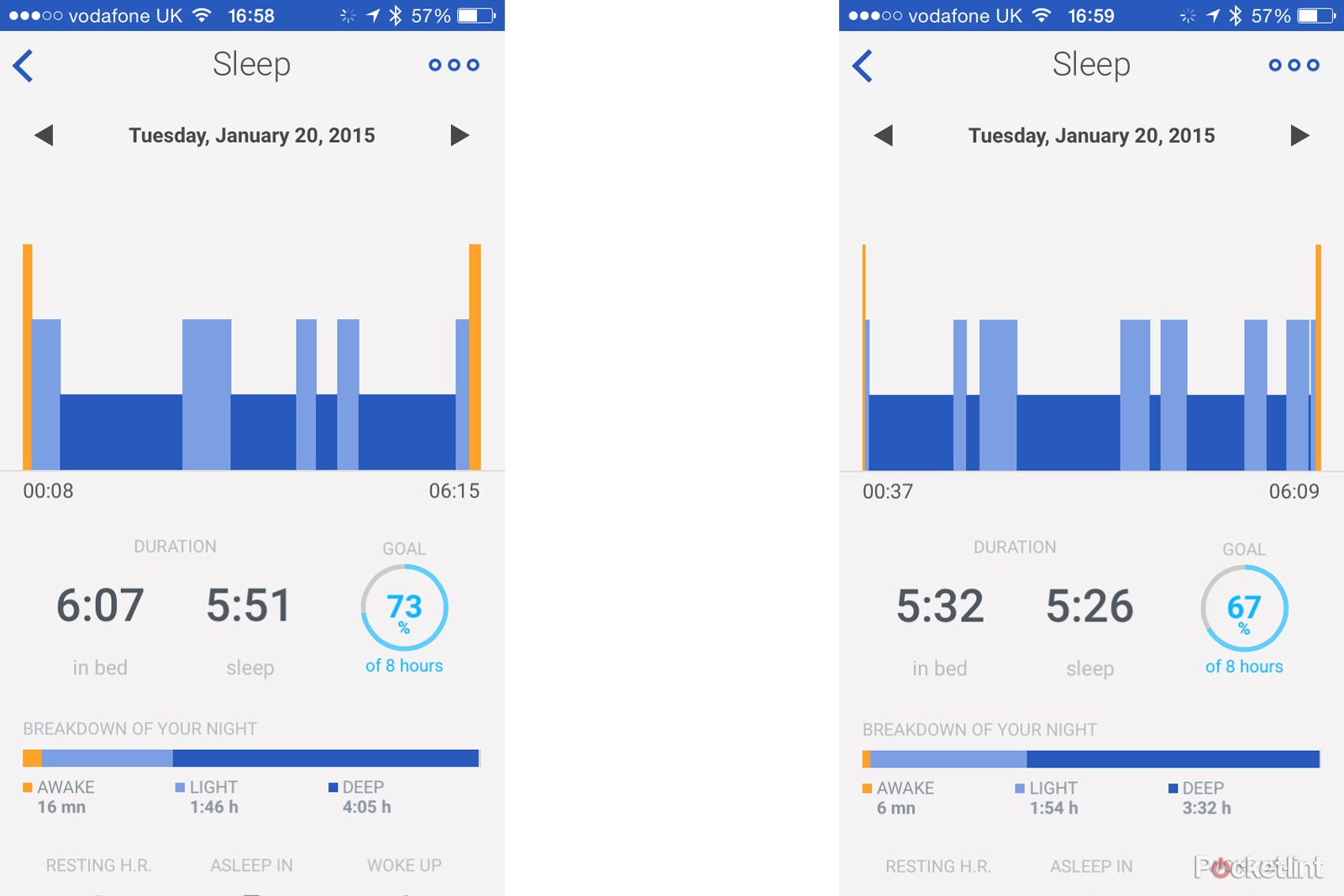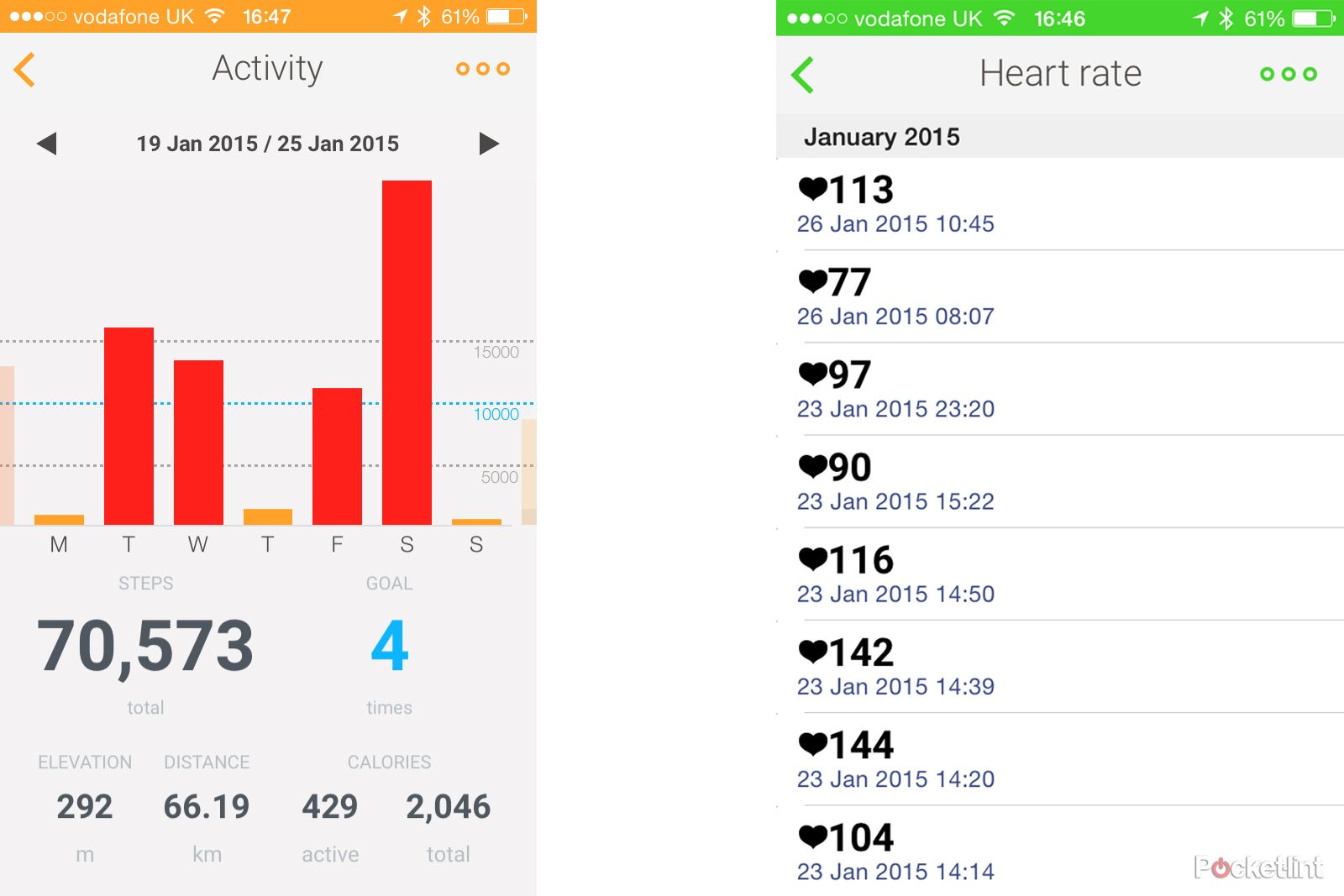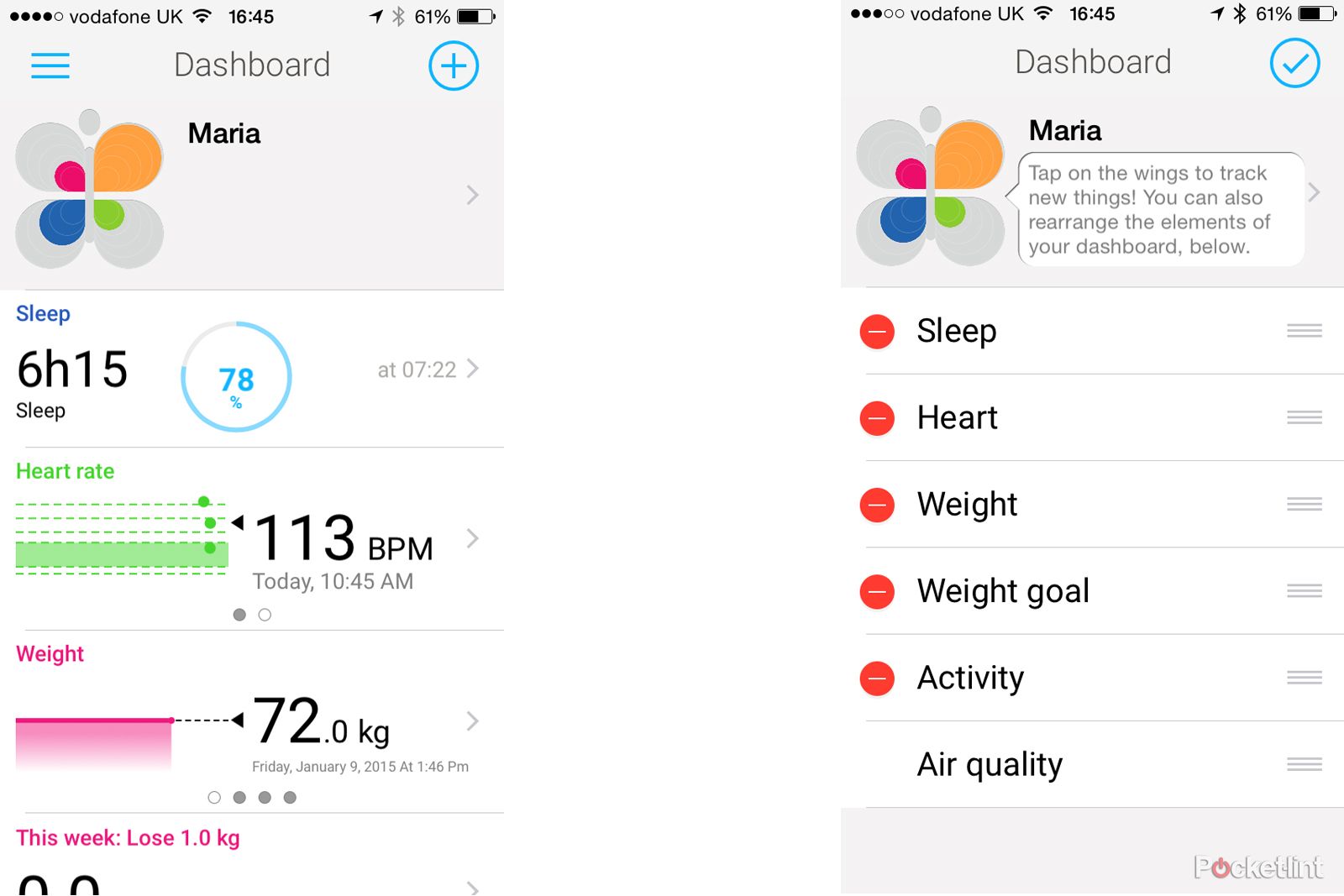Withings introduced the Pulse activity tracker back in 2013, delivering a small device with the ability to track steps, count calories, measure elevation, monitor your heart rate and track your sleep quality.
Our quick take
The Withings Pulse Ox is a small, simple and sophisticated solution to health monitoring. It's versatile when it comes to wearing it and it does everything you want an activity tracker to do, from counting your steps and distance, to monitoring your heart rate (but not in real-time) and sleep patterns.
The difference the blood oxygen level monitoring adds compared to the original device doesn't make a huge difference, though, and more often than not we couldn't get a reading anyway. It also doesn't deliver on the promised two-week battery life, the 10,000 step daily goal can't be changed, there's no way to track specific activities, and some of its data accuracy is questionable.
Overall the Withings Pulse Ox is a fantastic activity tracker for its £100 asking price. Its defining oxygen feature is unlikely to be the primary reason to buy it, but coupled with all its other functions - including the altimeter to measure elevation and decent accompanying app - it's a cracking small-scale product that won't disappoint those who run or walk as their primary activity.
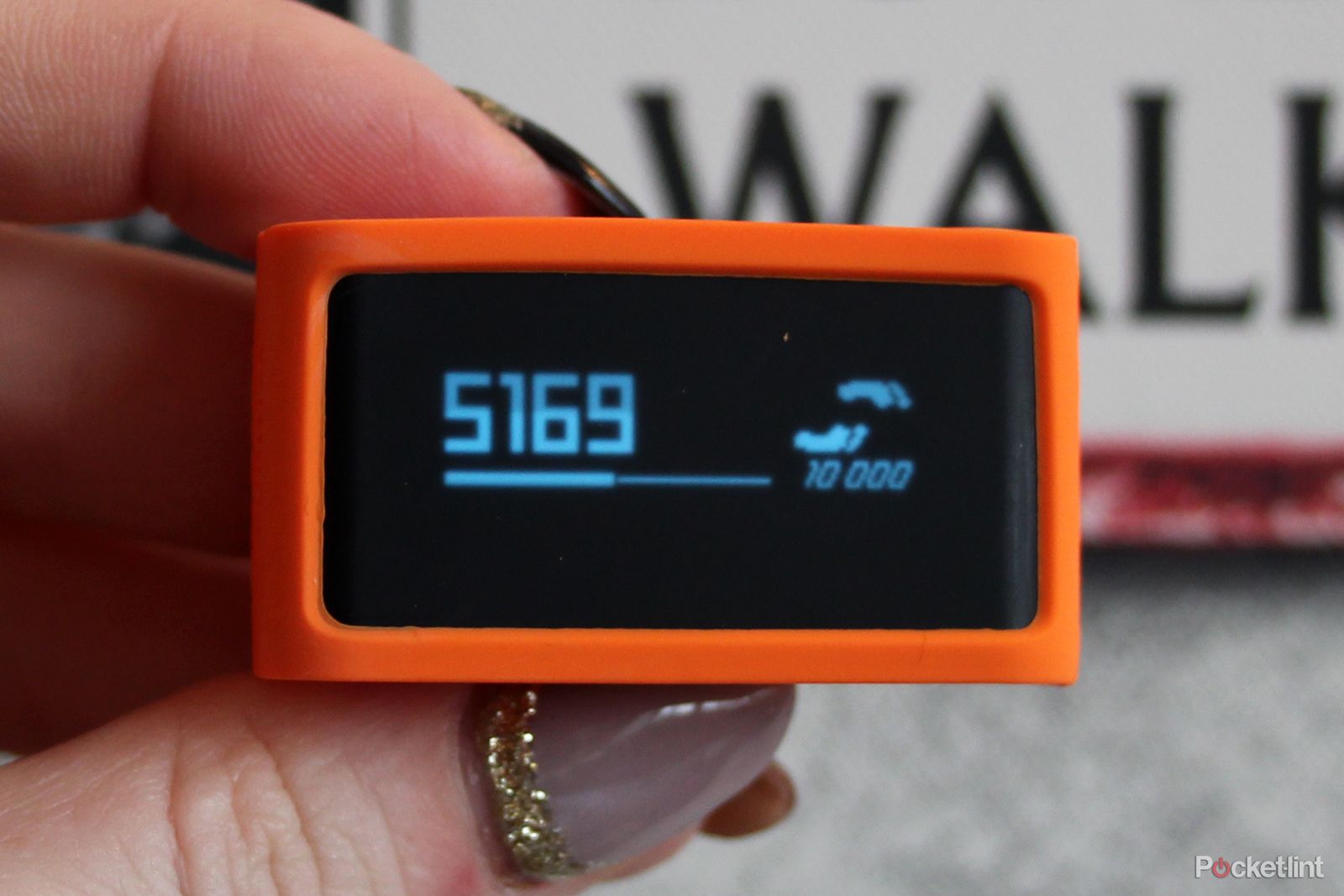
Withings Pulse Ox - 4.0 / 5
| FOR | AGAINST |
|---|---|
|
|
The company decided that wasn't enough and has since introduced the Pulse Ox, with the added feature of being able to read your blood oxygen level – that's Ox for oxygen, not oxen, as this tiny device is as far from a heavyweight beast as it could be.
We've been living with the Withings Pulse Ox over the last couple of weeks to see how it performs, where it thrives and whether the added feature puts it a step above its competition.
Small, simple design
Just like the original, the Pulse Ox is a thin 8mm rectangular device with rounded sides, measuring just 52 x 22mm face-on and weighing a mere 8g. It's pretty tiny, as shown in our fingertip photos.
The tracker is only available in black and the design is minimal in every way. A small Withings logo is present on the top of the Pulse Ox and there is also a small logo on the accompanying wristband and clip, but that's all the branding you'll find and the usual Withings subtleness is appreciated.
There is a small circular button on the top of the device, which is both the power and function control, and a Micro-USB port for charging it on the bottom. Not that you'll need to charge too regularly: we managed to get around nine days life from the Pulse Ox on a single charge. That doesn't quite match the suggested two-week battery life, but as it's easy to charge and you only need to think about it roughly once a week it's a generally good performance.
The front of the Ox has an OLED touchscreen with a 128 x 32 pixel display, providing blue metric-styled text that's easy to read. Swiping sideways shows you various sets of data, including calories burned and your step count, as well as toggling to the heart rate and sleep monitoring mode display.
Flip the Pulse Ox over and slightly off-centre are four LED lights, used to measure heart rate and blood oxygen levels when a finger is placed and held there. The touch-responsive isn't always on point so it can take a couple of tries to launch the heart rate feature or enter sleep mode though.
The Pulse Ox comes with a black or blue silicone clip that can be attached to your clothing, a black or blue silicone wristband with a metal casing that the device can slide into, or you can place it directly into a handbag, pocket or even a sock. You can also buy a pack of three brightly-coloured clips to turn your activity tracker into more of a statement.
It's worth bearing in mind that the heart rate and blood oxygen level sensor is covered when the Pulse Ox is placed in the clips or the wristband, which makes accessibility impossible without removing it. This is annoying when exercising as it's fiddly to check your stats – we would have liked a little more thought put into the accessories to avoid this.
We used the clip most as we found the wristband made the Ox bulky, despite the tracker's small size. However, both options are very comfortable to wear and the extra bulk is useful when you've put the Pulse Ox at the bottom of your bag. The wristband features standard 18mm spring bars to customise the strap, but you'll need a tool to adjust – there are none of the useful quick-release springs present, as per the Withings Activité.
Withings makes some lovely looking products and the Pulse Ox follows suit, but it is small and therefore easily forgotten about, meaning it's come close to heading for a spin in the washing machine a few times.
Small is beautiful and the simplicity and cuteness of the Pulse Ox is something we really like, but finding it when it is misplaced is no easy task. Maybe it should have a proximity location tracker on it or something.
Activity tracking
Along with its design, the Withings Pulse Ox also follows in the footsteps of its predecessor when it comes to the activity tracking. It counts steps, measures distance, estimates calories burned and tracks elevation.
Elevation is a welcome feature as many competitor trackers lack an altimeter and therefore aren't able to tell you how many feet you climb in a day, or represent your extra efforts like the Pulse Ox can. It makes this activity tracker that little bit more useful for those interested in more than just step tracking. Cue Kate Bush's Running Up That Hill on repeat.
Speaking of step tracking, we trusted the step count and distance tracking more so on the Pulse Ox than other activity trackers we have tested recently. We had the Pulse Ox, Withings Activité and Fitbit Flex on at the same time for a couple of weeks and the Pulse Ox consistently delivered data in the middle.
We thought the Activité was mean in awarding steps when we reviewed it (the same can be said for the cheaper Activité Pop), while we found the Fitbit Flex generous. As a small test, we counted our actual footsteps and compared them between the three trackers, all positioned on our right arm. For the 300 steps we took, the Pulse Ox awarded us 305, the Activité gave us 288 and the Fitbit Flex came in at 440.
Above: Withings Pulse Ox (left) vs Withings Activité step count (right)
Even so, the Pulse Ox comes with the same fundamental flaw as the Activité: you can't change the 10,000 step goal. It's one of the Pulse Ox's biggest downfalls and although the feature is said to be coming soon, it isn't here yet. By comparison the Fitbit Flex not only allows you to change the step goal but also decide if you want steps, distance or calories as your main goal.
All is not lost for the Pulse Ox as one of the things we love most about it is the data is available on the device itself - you needn't dig into an app each and every time. You can also see up to ten days worth of data by swiping the touchscreen within the category you want to know more about, which is great for motivation and helpful when monitoring your progress.
Both the Fitbit Flex and Withings Activité require an app to show the amount of calories you have burned or the exact number of steps you have taken (in the case of Withings it's iPhone only too).
It's difficult to tell how accurate the elevation, calories burned and distance are overall but we found the calories and distance to be similar to a MapMyRun activity (a 13-mile walk resulted in 938 calories burned via Withings, 1015 via MapMyRun). There is no way of tracking specific activities, however, so if you are a keen cyclist or swimmer then you will find another activity tracker more useful. For those joggers and walkers the Pulse Ox is great – think of it like a posh pedometer that has a few extra features.
Additionally, the Pulse Ox will analyse your running in real-time when you press the power button at the top of the device. You'll be able to see distance and duration, which was a really useful feature when we weren't running on a treadmill as it delivered the information we wanted to know instantly.
Heart rate and blood oxygen levels
To check heart rate and blood oxygen level, you first have to swipe through the functions using the top button until you reach the screen with the moon (sleep tracking) and the heart (pulse rate). Tapping on the heart will result in the Pulse Ox asking you to place your finger on the four LEDs at the back of the device, which light up red. It would be better if finger placement automatically triggered a read, rather than you having to swipe through all the various categories.
It takes 30 seconds to measure your heart rate and blood oxygen level but the Pulse Ox was temperamental when it came to delivering the results. There were times when it would simply present an "X" next to both stats, while other times it gave us our heart rate but not our blood oxygen level. It's also worth noting the Health Mate app stores heart rate data history but not blood oxygen levels, which is odd.
Withings says monitoring your blood oxygen level is a way of assessing the overall efficiency of your respiratory function and while it might not be something of interest for every user, it's (occasionally) there for those that want it. It was good to know how long it took us to recover after exercise, assuming a successful read was made.
A better strike rate would make the Pulse Ox a greater success. On the occasions when it did succeed in providing both heart rate and blood oxygen measurements, we weren't convinced of its accuracy as our heart rate often seemed a lot lower than we expected, both resting and during exercise.
Sleep tracking
Many activity trackers offer the ability to monitor sleep patterns along with daily activity and the Pulse Ox is one of them. The tracker has to be placed in the wristband for it to work and, much like the Fitbit Flex, you have to tell it when you plan to sleep. Tapping on the moon symbol and then sliding a finger along the screen will kick-start the sleep monitoring, with a repeat slide motion telling it you're awake.
The Pulse Ox will give you a breakdown of the night in terms of duration in bed, duration asleep, number of times you wake up, amount of light sleep, amount of deep sleep, amount of time you were awake and how long it took you to go to sleep, just like the Withings Activité does. Within the Withings Health Mate app, there is also the capacity to show your resting heart rate – but we never managed to get a reading for this.
The goal is to sleep for eight hours a night (as Withings claims an adult needs between seven and nine hours), but like the step goal, this sleep goal is unchangeable. This is frustrating as, like most busy adults, it means constantly failing, unless you are lucky enough to get eight hours every night.
Above: Withings Pulse Ox (left) vs Withings Activite sleep cycle (right)
Sleep tracking is a difficult thing to judge in terms of accuracy but the Pulse Ox didn't have any issues collecting the data, and it even seemed better than the Activité at realising when we had woken up in the middle of the night. The Pulse Ox did seem better at knowing how long it took us to go to sleep however, most likely as the activity needs to be set active (which is irritating, as it's easily forgotten) unlike the Activité. That said, we wore both devices on several nights and although their patterns were similar with the same length of sleep time, they were never identical.
There is no vibrating alarm on the Withings Pulse Ox, however, which is something we missed from the Activité and Fitbit Flex.
Withings Health Mate app
The Withings Pulse Ox will sync to your iOS or Android smartphone using Bluetooth Low Energy and will transform the numbers into easy to understand graphs, accessible on both the Health Mate app and via web browsers. It can sometimes take a while to sync on its own but holding down the power button for three seconds will action a sync.
The Health Mate app has less significance with the Pulse Ox than it did with the Withings Activité as most of the data can be seen on the device itself, but it still has its uses, especially if you have bought other Withings products, such as the Smart Body Analyzer scales.
Everything from steps, calories burned, active calories, distance and elevation, to your heart rate and sleep patterns are displayed in the Health Mate app in an easy to understand format on the dashboard. If you have the scales, your weight and air quality will also appear alongside the data from the Pulse Ox.
There is the option to set a weight goal and clicking on each of the categories will take you to a weekly graph, which you can change to a daily breakdown by selecting the three dots in the top right.
At the bottom of the dashboard is the option to organise your widgets so you can move sleep to the bottom of the dashboard, or activity to the top, for example, enabling you to customise what is most important to you.
If Withings could just add the ability to change the daily step and sleep goals, as well as allow you to have both the Activité and Pulse Ox under the same user, we'd be free of complaints. We had to set up a separate user with the same stats as us to use the Pulse Ox at the same time as the Activité and while you might not want two activity trackers, the Pulse Ox has some features the Activité doesn't and vice versa.
If you need some extra motivation, the Health Mate app also enables you to team up with your friends and family, challenge them, and it will notify you when your ranking changes in the Leaderboard. You can collect activity badges and virtual milestones such as "330km O'ahu island" when you push yourself and there is also the option to set-up personalised coaching and healthy reminders.
Withings is a fantastic platform, especially when linked to partner apps such as MyFitnessPal so you can monitor your nutrition against your physical activity. There are a few flaws that need ironing out for the Health Mate to achieve perfection but it still raises products like the Pulse Ox from good to great.
To recap
The Withings Pulse Ox is a brilliant activity tracker that offers a small, simple and sophisticated solution to health monitoring. Its defining feature of recording blood oxygen levels certainly isn't a good enough reason alone to buy it, but coupled with all the other functions, you have a cracking product that won't disappoint those that run or walk as their primary activity.

